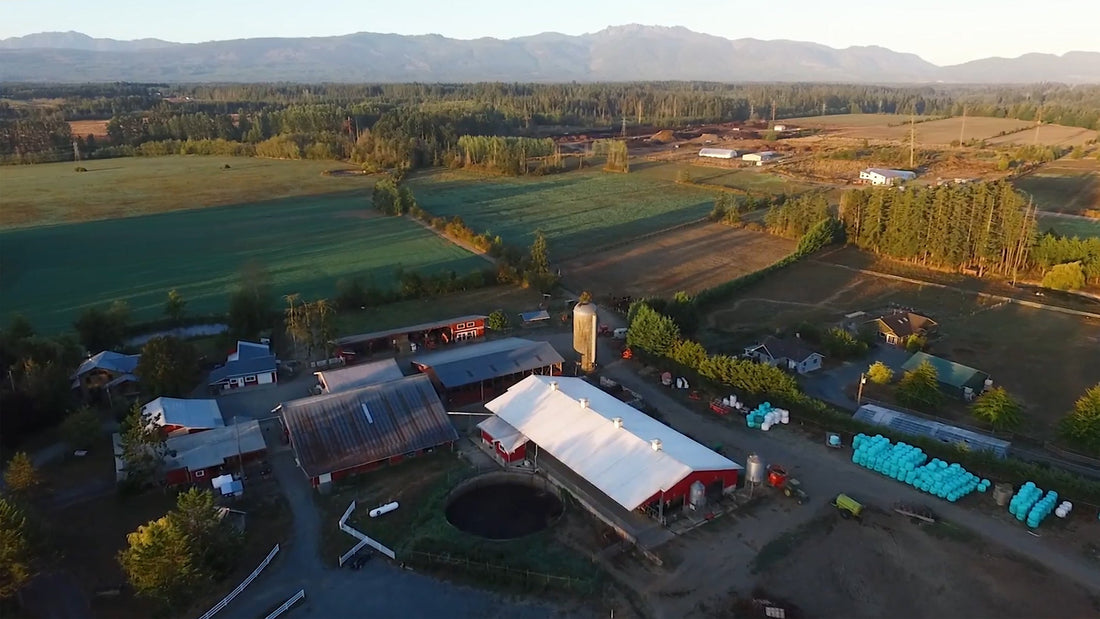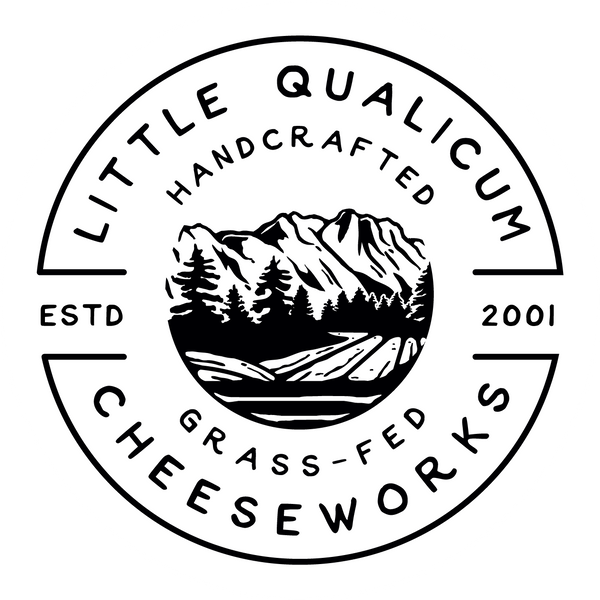
Biodiversity on the Farm
Being stewards of 88 acres of land is no small responsibility! It's not just us and our animals who live here - we share this patch of earth with numerous plants and animals. The result of how we care for our land runs far beyond property lines, so we take care to implement a mindful and sustainable approach to agriculture on our farm.
Our Ecosystem
Our farm is home to thousands of year-round and migratory birds and water foul, mule deer, rabbits, bears, beavers, river otters, mink, muskrats, and more. It's amazing how many creatures you see every day in the fields, forests, and at the water's edge. We do our best to make this a nice place for everybody to share by leaving large areas of protected forests, creeks, and ponds. By implementing responsible farming practices, we do our best to cultivate biodiversity in this unique ecosystem.


Our Soil & Crops
Growing permanent pasture rather than annual crops helps to increase soil health, microbial biodiversity, carbon sequestration and water retention. Tilling is reserved for occasions where the soil becomes compacted due to excess rain or sitting water.
Out in the fields you will find a variety of grasses and naturally-seeded plants. This not only adds a healthy variety to our cow's forage, but also attracts different insects, pollinators, and wildlife.

Our Livestock
Biodiversity is not only nurtured in our natural surroundings, but also in our animals. The saying "strength in diversity" is true for the dairy herd too; each animal's lineage is traceable and carefully considered when breeding to ensure healthy animals and a strong herd.





